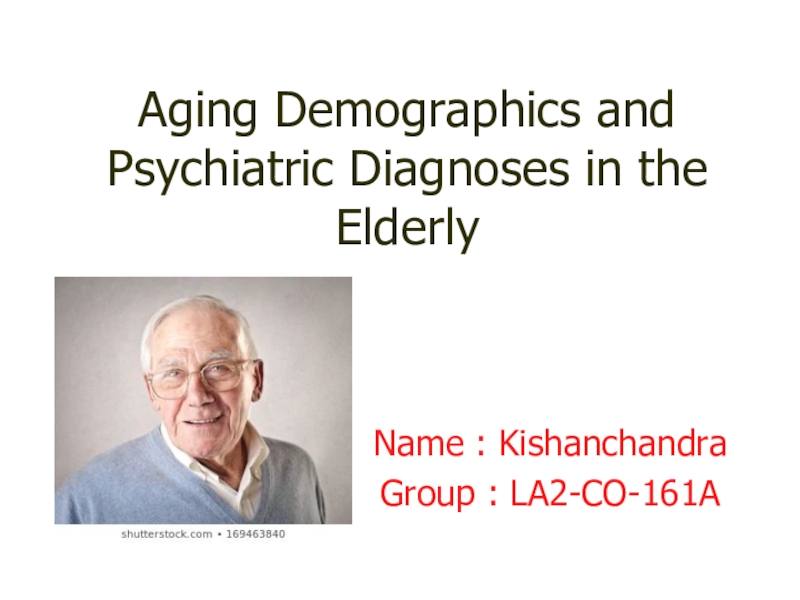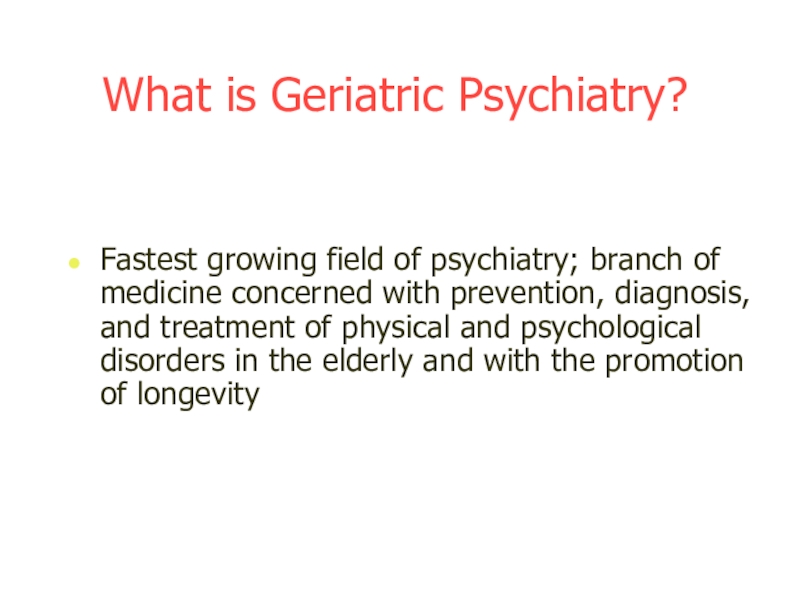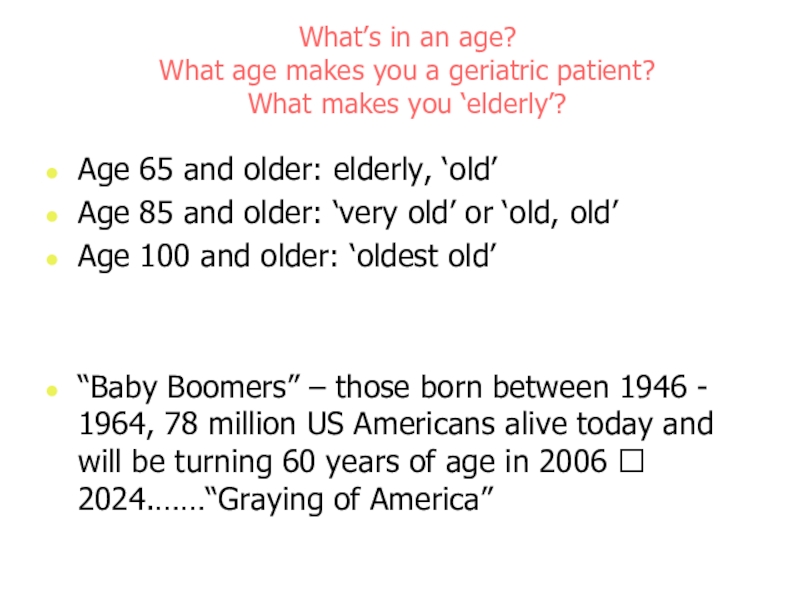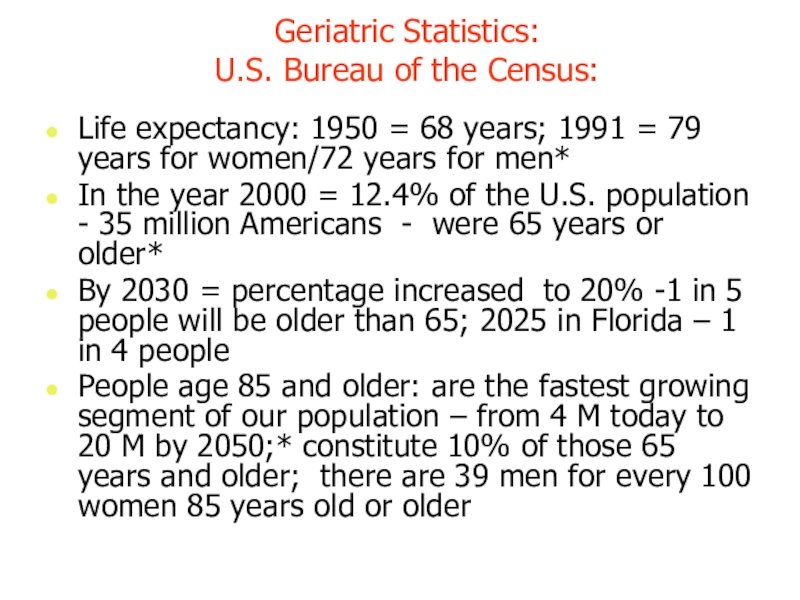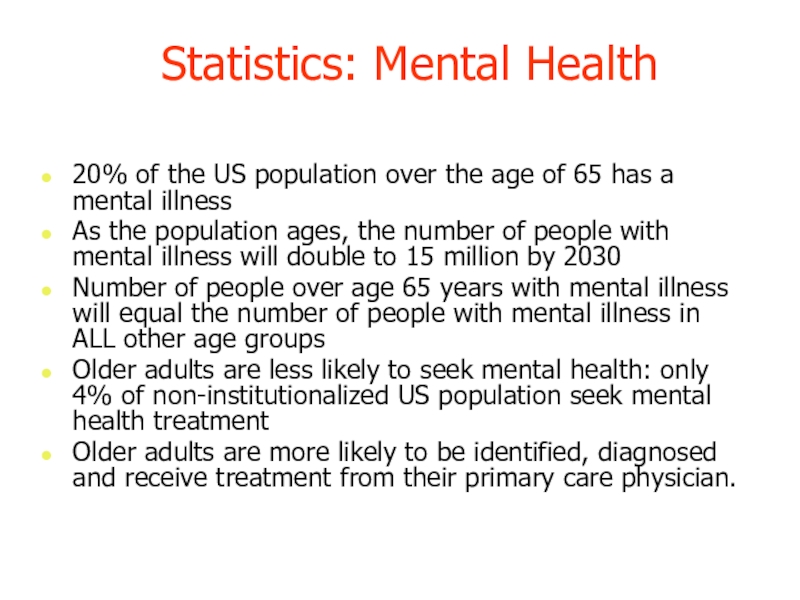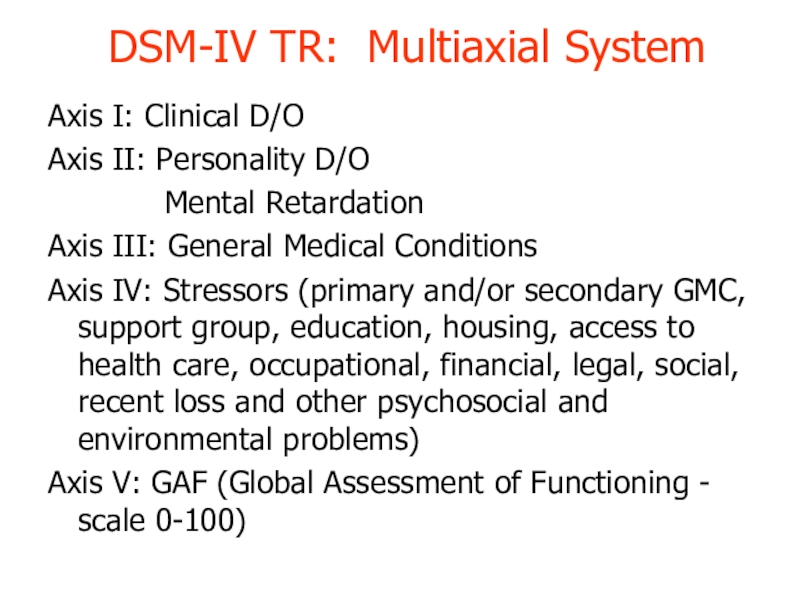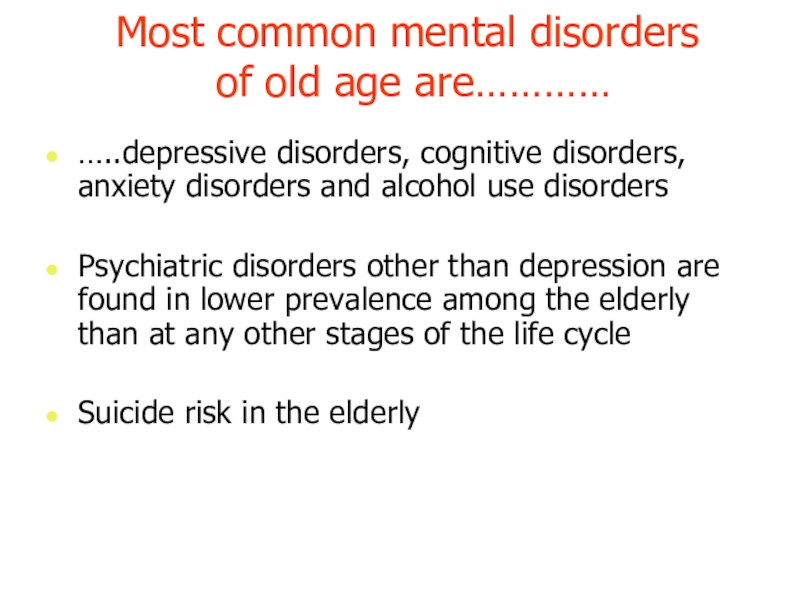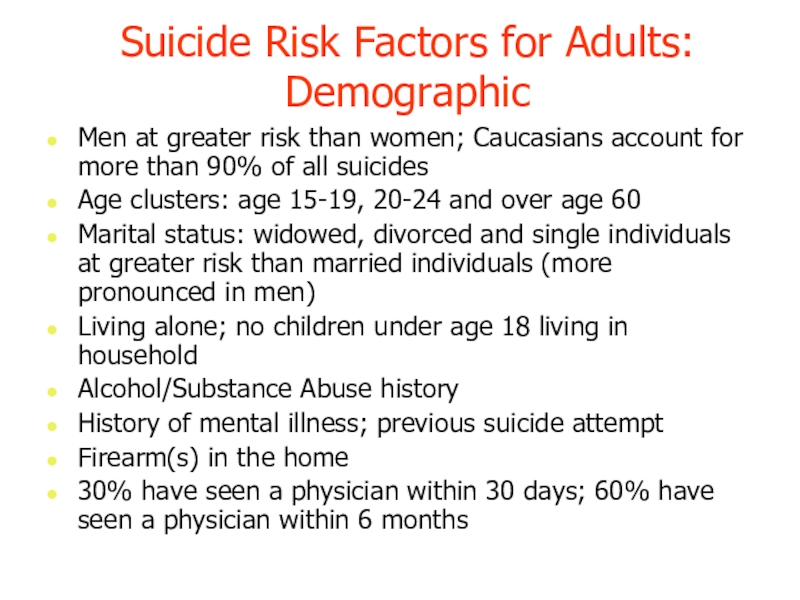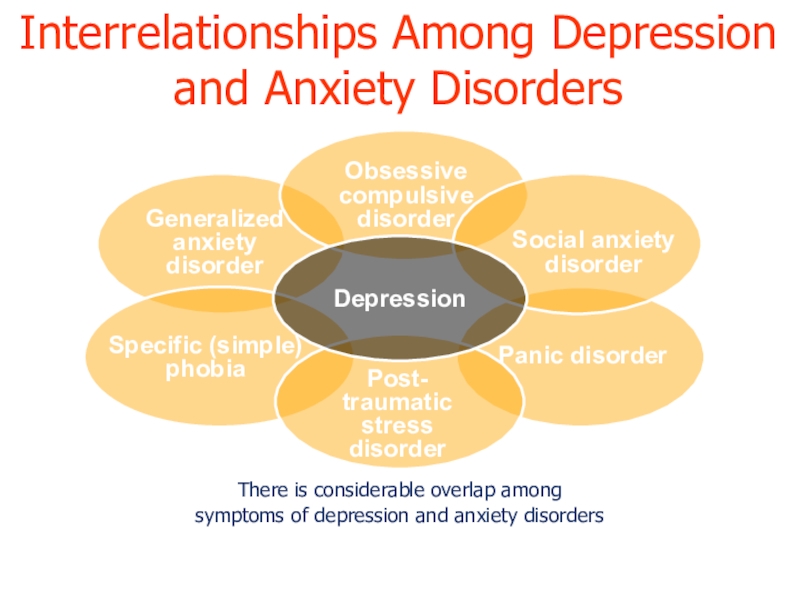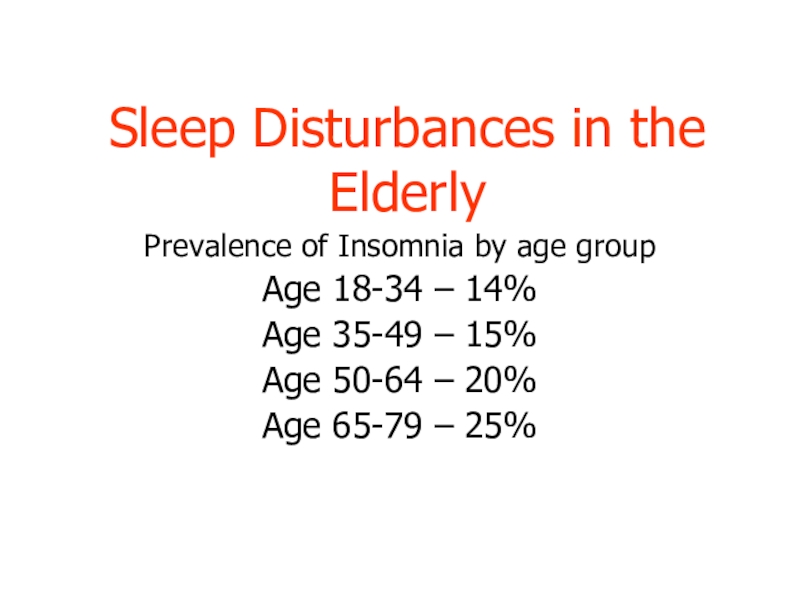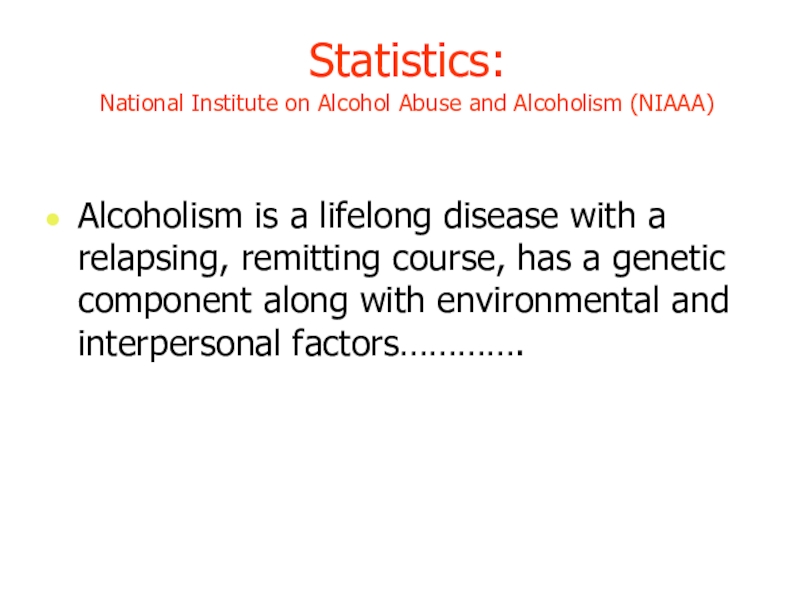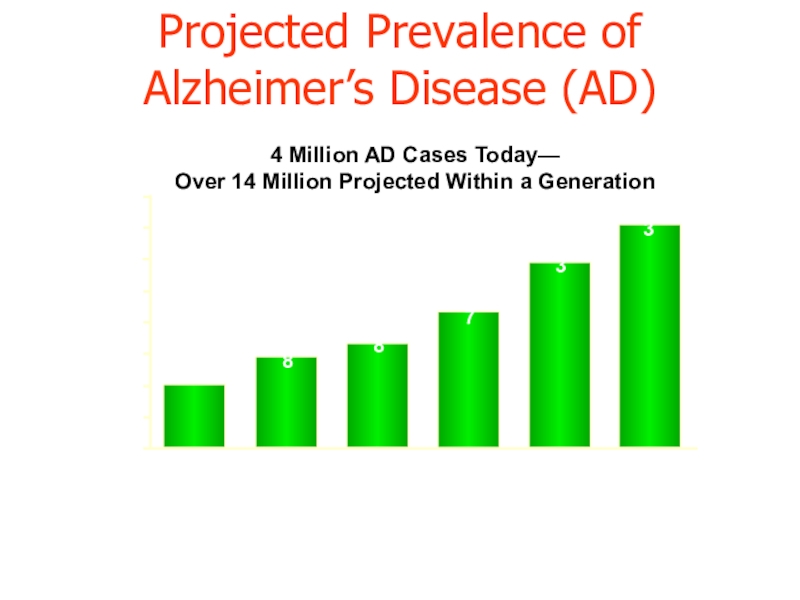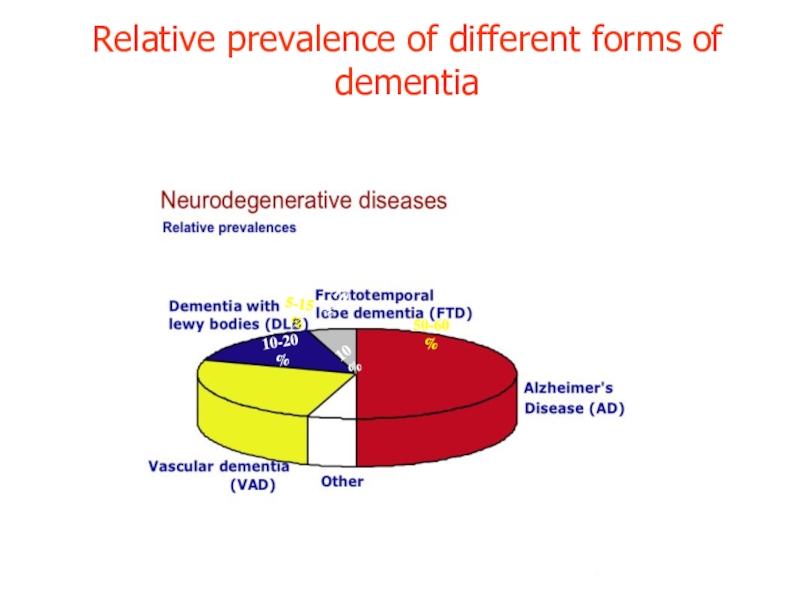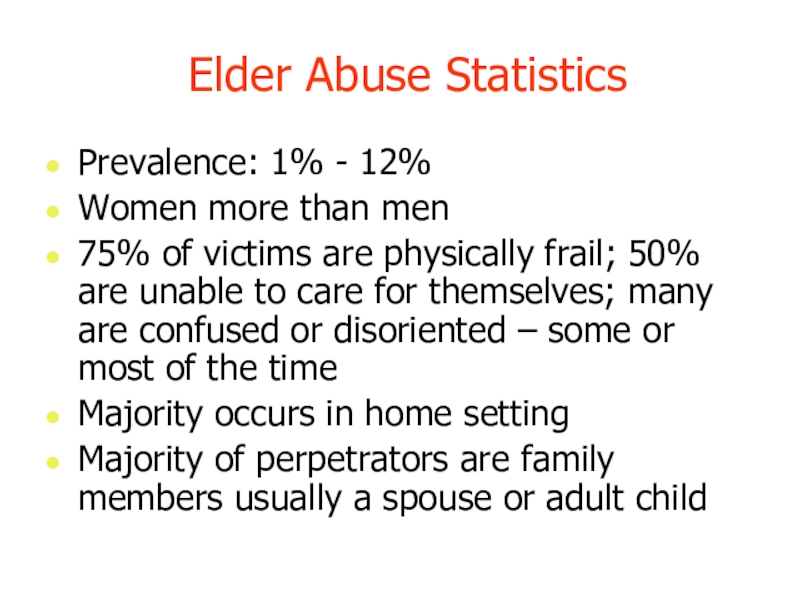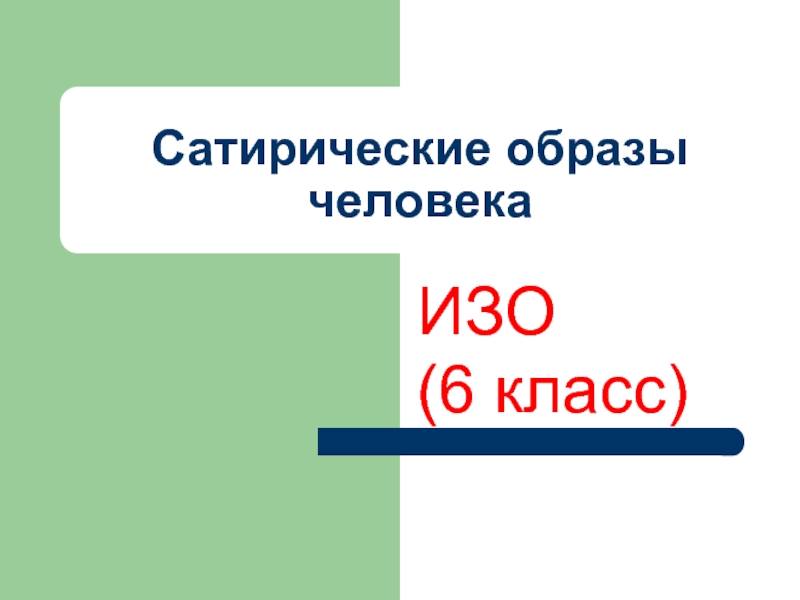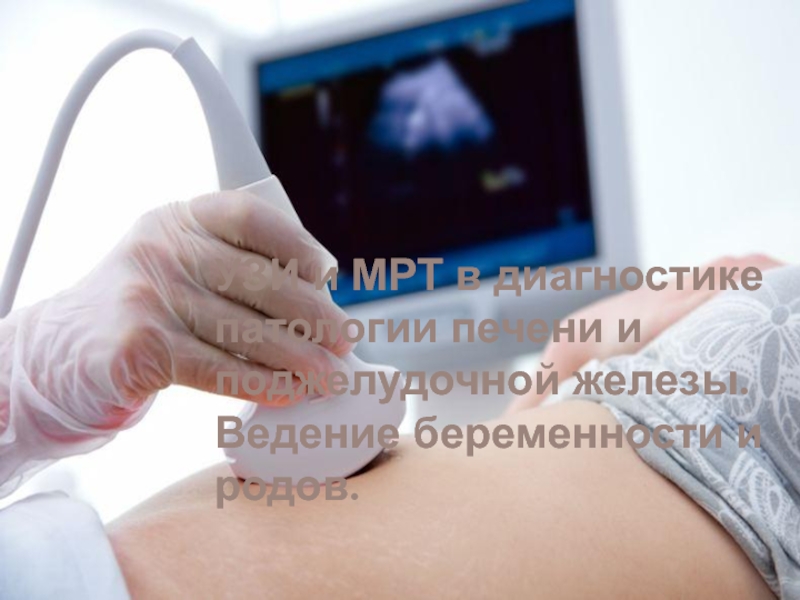Разделы презентаций
- Разное
- Английский язык
- Астрономия
- Алгебра
- Биология
- География
- Геометрия
- Детские презентации
- Информатика
- История
- Литература
- Математика
- Медицина
- Менеджмент
- Музыка
- МХК
- Немецкий язык
- ОБЖ
- Обществознание
- Окружающий мир
- Педагогика
- Русский язык
- Технология
- Физика
- Философия
- Химия
- Шаблоны, картинки для презентаций
- Экология
- Экономика
- Юриспруденция
Aging Demographics and Psychiatric Diagnoses in the Elderly
Содержание
- 1. Aging Demographics and Psychiatric Diagnoses in the Elderly
- 2. What is Geriatric Psychiatry? Fastest growing field
- 3. What’s in an age? What
- 4. Geriatric Statistics: U.S. Bureau of the
- 5. StatisticsThe old, old (age 85 and
- 6. Statistics: Mental Health20% of the US
- 7. DSM-IV TR: Multiaxial SystemAxis I: Clinical D/OAxis
- 8. Most common mental disorders of old
- 9. Suicide Risk Factors for Adults: DemographicMen at
- 10. There is considerable overlap among symptoms of
- 11. Sleep Disturbances in the ElderlyPrevalence of Insomnia
- 12. Statistics: National Institute on Alcohol Abuse
- 13. Projected Prevalence of Alzheimer’s Disease (AD)161412024681045.86.88.711.314.3Millions4 Million
- 14. Relative prevalence of different forms of dementia50-60%10-20%5-15%10%10%
- 15. Elder Abuse StatisticsPrevalence: 1% - 12%Women more
- 16. Скачать презентанцию
What is Geriatric Psychiatry? Fastest growing field of psychiatry; branch of medicine concerned with prevention, diagnosis, and treatment of physical and psychological disorders in the elderly and with the promotion of
Слайды и текст этой презентации
Слайд 1Aging Demographics and Psychiatric Diagnoses in the Elderly
Name : Kishanchandra
Group
: LA2-CO-161A
Слайд 2What is Geriatric Psychiatry?
Fastest growing field of psychiatry; branch of
medicine concerned with prevention, diagnosis, and treatment of physical and
psychological disorders in the elderly and with the promotion of longevityСлайд 3 What’s in an age? What age makes you a geriatric
patient?
What makes you ‘elderly’?
Age 65 and older: elderly, ‘old’
Age
85 and older: ‘very old’ or ‘old, old’Age 100 and older: ‘oldest old’
“Baby Boomers” – those born between 1946 - 1964, 78 million US Americans alive today and will be turning 60 years of age in 2006 2024.……“Graying of America”
Слайд 4
Geriatric Statistics:
U.S. Bureau of the Census:
Life expectancy: 1950 = 68
years; 1991 = 79 years for women/72 years for men*
In
the year 2000 = 12.4% of the U.S. population - 35 million Americans - were 65 years or older*By 2030 = percentage increased to 20% -1 in 5 people will be older than 65; 2025 in Florida – 1 in 4 people
People age 85 and older: are the fastest growing segment of our population – from 4 M today to 20 M by 2050;* constitute 10% of those 65 years and older; there are 39 men for every 100 women 85 years old or older
.
Слайд 5 Statistics
The old, old (age 85 and older) consume the
largest amount of Medicare resources; 5% of the Medicare population
consumes 50% of the Medicare dollars – many are the ‘frail elderly’On average, by age 75, older adults have between two and three chronic medical conditions; some as many as ten to twelve medical conditions and as many medications
Слайд 6 Statistics: Mental Health
20% of the US population over the
age of 65 has a mental illness
As the population ages,
the number of people with mental illness will double to 15 million by 2030Number of people over age 65 years with mental illness will equal the number of people with mental illness in ALL other age groups
Older adults are less likely to seek mental health: only 4% of non-institutionalized US population seek mental health treatment
Older adults are more likely to be identified, diagnosed and receive treatment from their primary care physician.
Слайд 7DSM-IV TR: Multiaxial System
Axis I: Clinical D/O
Axis II: Personality D/O
Mental Retardation
Axis III: General Medical
ConditionsAxis IV: Stressors (primary and/or secondary GMC, support group, education, housing, access to health care, occupational, financial, legal, social, recent loss and other psychosocial and environmental problems)
Axis V: GAF (Global Assessment of Functioning - scale 0-100)
Слайд 8Most common mental disorders
of old age are…………
…..depressive disorders, cognitive
disorders, anxiety disorders and alcohol use disorders
Psychiatric disorders other than
depression are found in lower prevalence among the elderly than at any other stages of the life cycleSuicide risk in the elderly
Слайд 9Suicide Risk Factors for Adults:
Demographic
Men at greater risk than women;
Caucasians account for more than 90% of all suicides
Age clusters:
age 15-19, 20-24 and over age 60Marital status: widowed, divorced and single individuals at greater risk than married individuals (more pronounced in men)
Living alone; no children under age 18 living in household
Alcohol/Substance Abuse history
History of mental illness; previous suicide attempt
Firearm(s) in the home
30% have seen a physician within 30 days; 60% have seen a physician within 6 months
Слайд 10There is considerable overlap among
symptoms of depression and anxiety
disorders
Depression
Generalized
anxiety
disorder
Specific (simple) phobia
Obsessive compulsive disorder
Social anxiety disorder
Panic disorder
Post-
traumatic
stress
disorder
Interrelationships Among Depression
and Anxiety Disorders
Слайд 11Sleep Disturbances in the Elderly
Prevalence of Insomnia by age group
Age
18-34 – 14%
Age 35-49 – 15%
Age 50-64 – 20%
Age 65-79
– 25%Слайд 12Statistics:
National Institute on Alcohol Abuse and Alcoholism (NIAAA)
Alcoholism is
a lifelong disease with a relapsing, remitting course, has a
genetic component along with environmental and interpersonal factors………….Слайд 13Projected Prevalence of Alzheimer’s Disease (AD)
16
14
12
0
2
4
6
8
10
4
5.8
6.8
8.7
11.3
14.3
Millions
4 Million AD Cases Today—
Over
14 Million Projected Within a Generation
Year
Слайд 15Elder Abuse Statistics
Prevalence: 1% - 12%
Women more than men
75% of
victims are physically frail; 50% are unable to care for
themselves; many are confused or disoriented – some or most of the timeMajority occurs in home setting
Majority of perpetrators are family members usually a spouse or adult child
